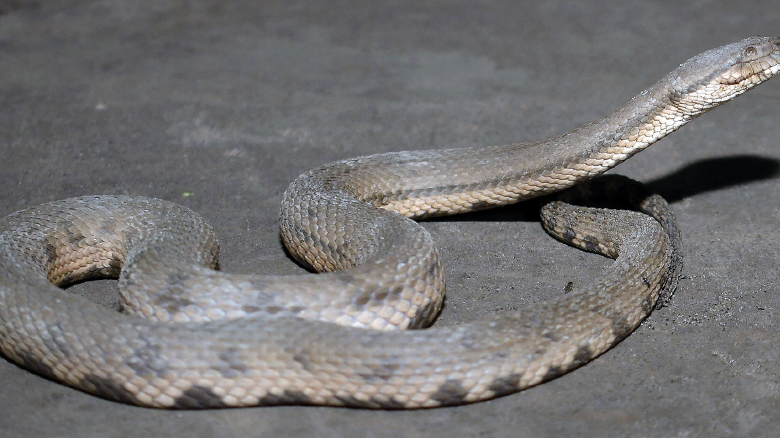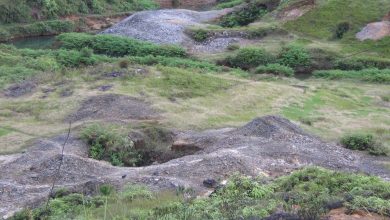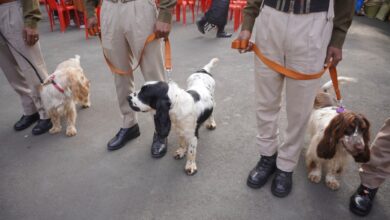Traditional healing hinders snakebite data collection in Meghalaya

Shillong, Mar 28: Data collection on snakebite cases and deaths is still at a nascent stage in Meghalaya and is often hindered by a majority preference for traditional healing, an official told Meghalaya Monitor.
Meghalaya Monitor approached the state government with queries about how Meghalaya is contributing to the database of snakebites and deaths in the North East.
The official said capacity building at the facility level has been completed, ensuring that healthcare providers are trained to report cases through the Integrated Disease Surveillance Programme – Integrated Health Information Platform (IDSP-IHIP) system.
However, a major challenge is that many people prefer treatment from traditional healers instead of healthcare facilities.
“As a result, several cases go unreported, leading to gaps in data collection. Efforts are needed to raise awareness about the importance of seeking medical treatment for snakebites to improve reporting and patient outcomes,” he said.
All healthcare facilities in the state are mandated to report cases of snakebites and related deaths in real-time. This ensures timely data collection, analysis and response to improve snakebite management and prevention efforts.
According to official data, snakebite cases have seen an exponential rise between 2020 and 2024. In 2020, there were only four cases, followed by 39 in 2021, 110 in 2022, 278 in 2023 and 559 in 2024.
“2020 was the year of the pandemic and cases were reported low. Also, people may not have ventured out much, resulting in fewer cases,” said Health Minister Ampareen Lyngdoh.
Anti-snake venom in health centres
The official also informed us that currently, anti-snake venom (ASV) is provided only at the district hospitals in Meghalaya. The Primary Health Centers (PHCs) and Community Health Centers (CHCs) do not stock ASV because “they lack the necessary expertise to handle snakebite cases, especially complications like anaphylaxis and envenomation management”.
“PHCs and CHCs focus on stabilising patients and quickly referring them to higher centres where trained medical personnel can administer ASV safely. Efforts are being made to strengthen referral systems to ensure timely treatment and reduce snakebite-related fatalities,” he added.
Snakebite was declared a notifiable disease in Meghalaya last December following a directive from the Ministry of Health and Family Welfare (MoHFW) on November 27, 2024. Now that it is a notifiable disease, reporting and response mechanisms will improve, ensuring better management and prevention strategies.
First sighting in NE
Last October, herpetologists in the North East sighted the dog-faced water snake (Cerberus rynchops) for the first time in the region, marking one of the few inland records of the species.
This finding, published in Reptiles & Amphibians by Pankaj Lochan Deka, Rajesh Dutta Baruah, Atul Kalita, Prasanna Kalita, Madhab Medhi and Jayaditya Purkayastha, highlights the significant role of snake rescuers in scientific research and conservation planning.
Traditionally known from coastal and estuarine habitats, Cerberus rynchops was documented in the floodplains of Nalbari district, Assam, nearly 800 km from the nearest coastline. The study, made possible through collaboration with local snake rescuers, underscores the need for their orientation and capacity building not just for effective snake rescue operations but also for gathering crucial ecological data on species diversity, distribution and seasonal patterns.
Purkayastha, General Secretary, Help Earth, who is actively working towards forming a structured forum of snake rescuers, said, “Snake rescuers are an untapped resource in biodiversity research. Through proper training, they can contribute immensely to scientific discoveries and conservation planning.”
A well-structured long-term snake rescue action plan can be developed by integrating rescuers into a formal network, providing them with scientific training, standardised data collection protocols, and access to real-time monitoring tools. Such an initiative would not only enhance rescue efficiency and safety but also facilitate large-scale studies on human-snake conflict hotspots, migration trends, and seasonal activity patterns, thereby enabling evidence-based conservation strategies.





